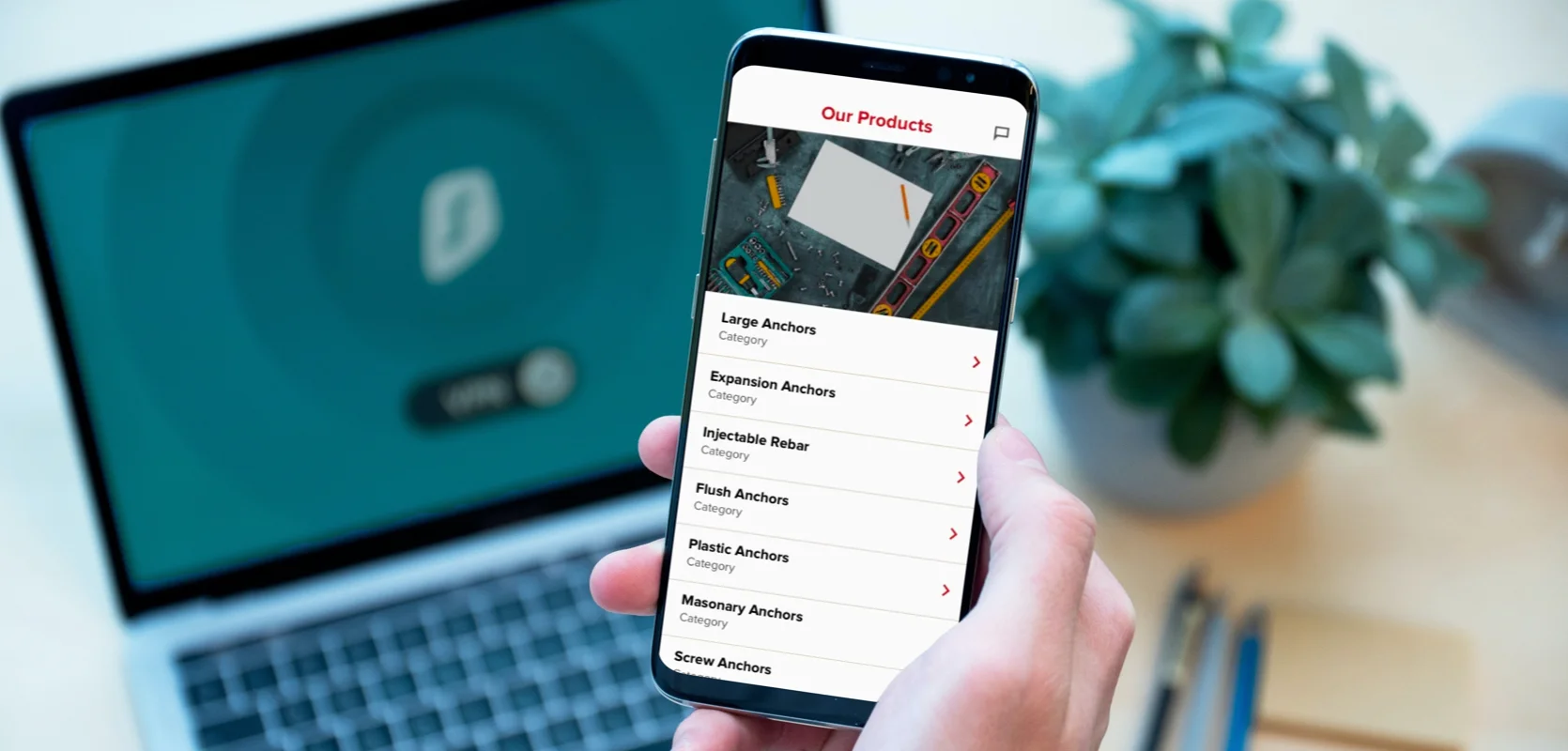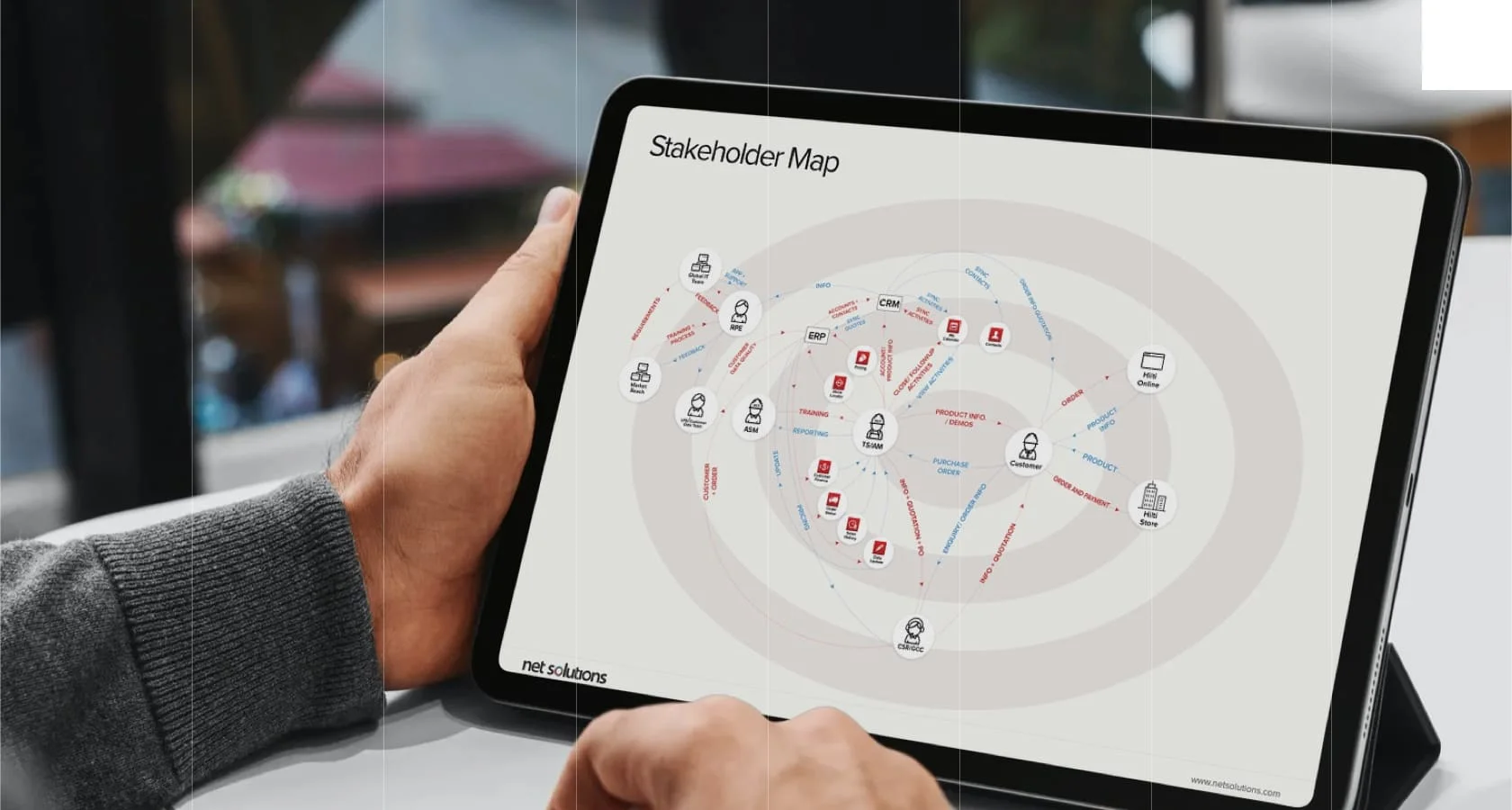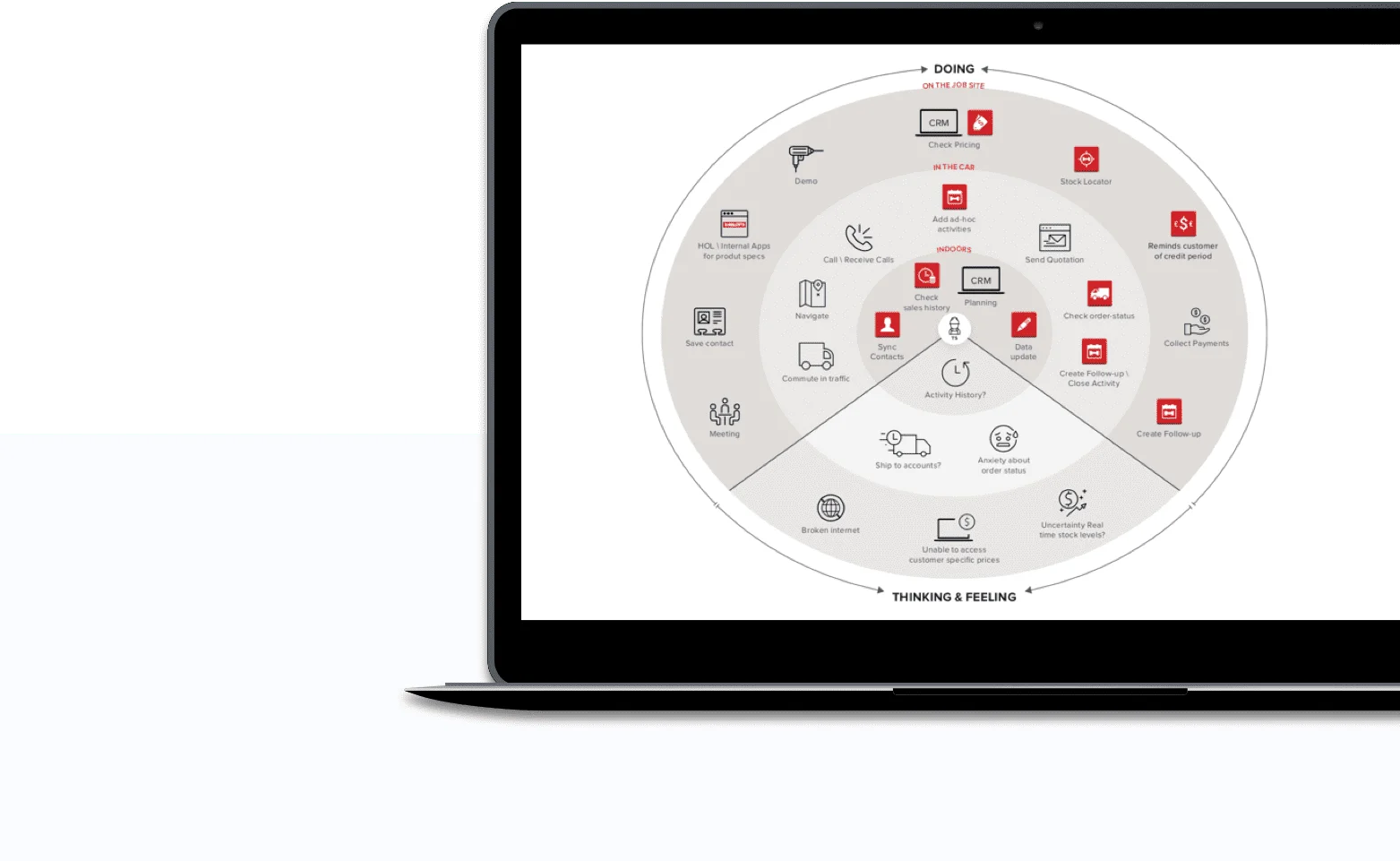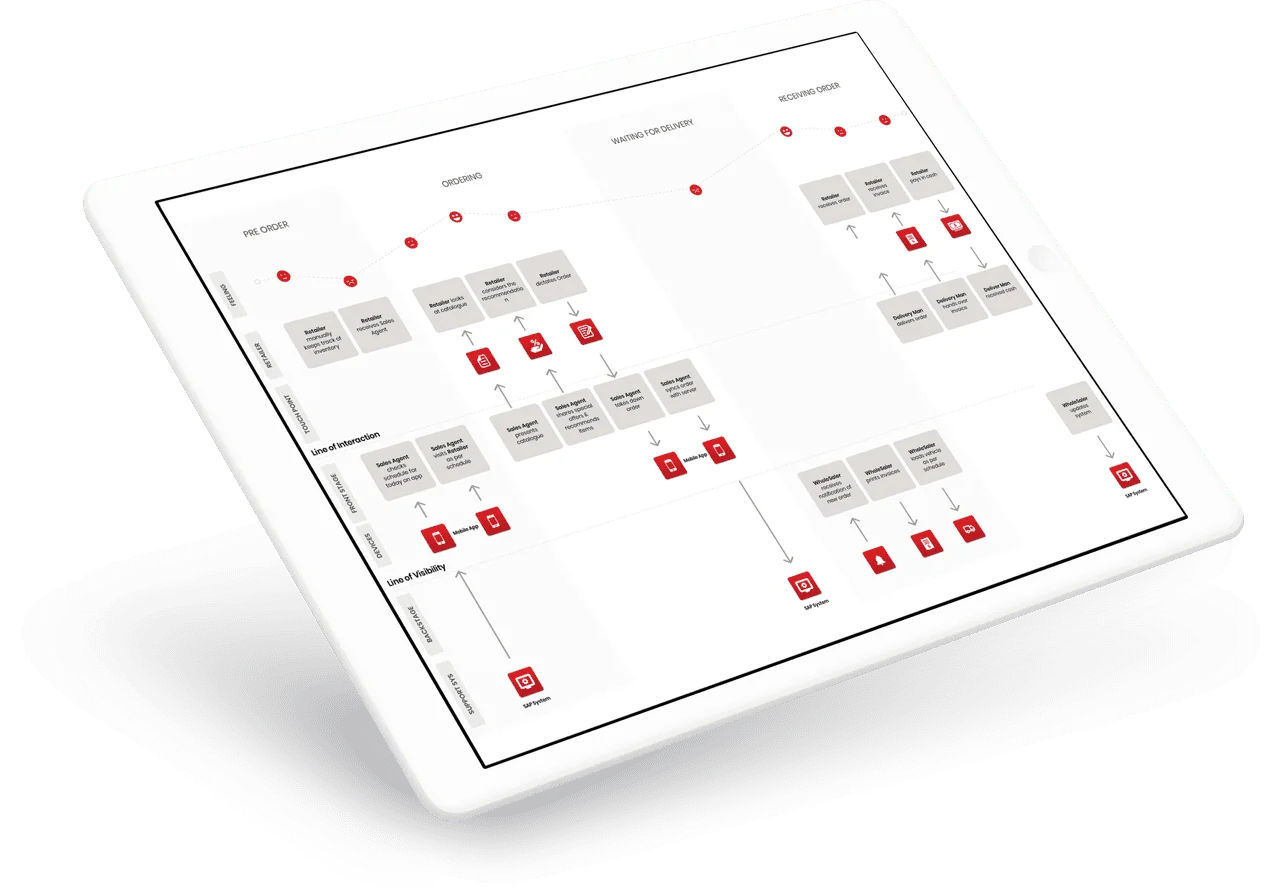
Client
Multinational Company
Industry
Retail & eCommerce
Features
UX Consulting & Design
Custom Calendar App
Multilingual PMS
Product Comparison Matrix
Product Comparison Matrix
Intelligent Sync
Technology Stack
When the leaders at a multinational, privately-held seller of heavy construction equipment decided it was time to take their operations game to the next level, they looked to 21st century technology to make it happen.
The company (which will remain nameless per their non-disclosure agreement) is headquartered in Europe and employs over 30,000 people worldwide.
With a vast network of local offices scattered across 120 different countries, the 80-year-old firm needed some powerful systems for the overhaul. Some key components of the digitization drive, which Net Solutions would come to work on, included:
A comprehensive undertaking of this magnitude should never be taken lightly, and the company’s leaders knew they needed a tech partner that understood complex, international systems. Net Solutions would eventually become an integral part of these efforts—once they proved themselves.

The company had their own skilled technology team based in Malaysia, but that team needed support to speed up progress on a calendering program designed for internal use.
Net Solutions sent Android developers to Malaysia to work side-by-side with the client’s internal employees to build an app that integrated their Client Relationship Management (CRM) software with the new calendar. This allowed every member of a given sales project to plan meetings with relevant members of the sales team. Any employees could use the app to coordinate meetings based on mutual availability (with color codes indicating that availability).
After testing the app and gathering Voice of the Customer (VOC) data—in this case, data from internal customers—team leaders traveled to the Net Solutions’ office in India to coordinate final changes based the feedback.
That’s when the company leaders discovered Net Solutions’ capabilities first hand. Realizing that Net Solutions’ engineers, designers, and architects had the expertise the needed, the timing was perfect for the next project. The next step was to have the Net Solutions UX team work with their project team on a sales app. The project team was in charge of overhauling the global sales process.
The aim of the next project was to bring consistency and uniformity to the sale process for all sales teams worldwide—no easy to feat considering the size of the organization. At the start of the project, sales teams around the world had their own processes, and there was no mechanism for sharing insights and best practices with other teams across the globe.
From the Net Solutions’ office, the company’s stakeholders worked in tandem with Net Solutions’ UX team to conduct a contextual inquiry into the sales journey. As a base example, they studied Germany’s sales operations, noting the sales team’s requirements. They then used that information to conduct interviews across multiple counties and sales regions to perform user journey mapping, which ultimately resulted in the prototype for a universal sales app.
The new app standardized the sales process, where it made sense, and connected sales teams throughout the world so they could share insights and innovations.

Highly satisfied with the result of the first two projects, the company asked Net Solutions to spearhead the most ambitious element of the operations overhaul—building a new Product Matrix System (PMS). Until that point, the company used a cumbersome spreadsheet-based database, and coordinating with local offices around the world was challenging to say the least. The new PMS would ensure accuracy and efficiency, knowing that any data drawn from the system was up-to-date.
These spreadsheets communicated information from the headquarters to employees in the local offices, who translated the pages into local content. Local offices would then add in their own local content—special insights that other offices might find useful if they could easily access the information.
Based on this information, Net Solutions created a brand new PMS and populated it with data by creating scripts that imported all the data from the headquarters and local offices, enabling a mechanism that flagged headquarter content and local content for easy identification. This allowed the company’s team to review and integrate essential data added by local offices and make it available to every office around the globe.
Net Solutions ensured that the system was multilingual so local offices could add local-langauge translations to the data. That way local teams could access data in their native languages. Plus, the tool allowed information to move “upstream,” from the local offices to the headquarters, where globally relevant data was integrated into the master data. Finally, they allowed administrators to give selected local resellers access to the product database.
Once the web-based PMS was up-and-running, the next logical step was to give sales teams access to the information on-the-go. As such, they extended the PMS by creating an API that talked to a new Android app. They then gathered user feedback and enhanced the app with intelligent sync functionality that stores and updates only locally-relevant data in each sales rep’s preferred language. This allowed them to use the app in remote locations where internet connection was sparse or non-existent.

Getting an international corporation with 30,000 employees on the same page when it comes to branding, pricing, and sales processes is no easy task—but the rewards are many.
A company with unified processes and an efficient, reliable way to pool information can provide a consistent experience to their customers across the globe, and they can compete strategically in a crowded marketplace. Partnering with Net Solutions gave one heavy equipment seller the tools they needed to achieve operational excellence.